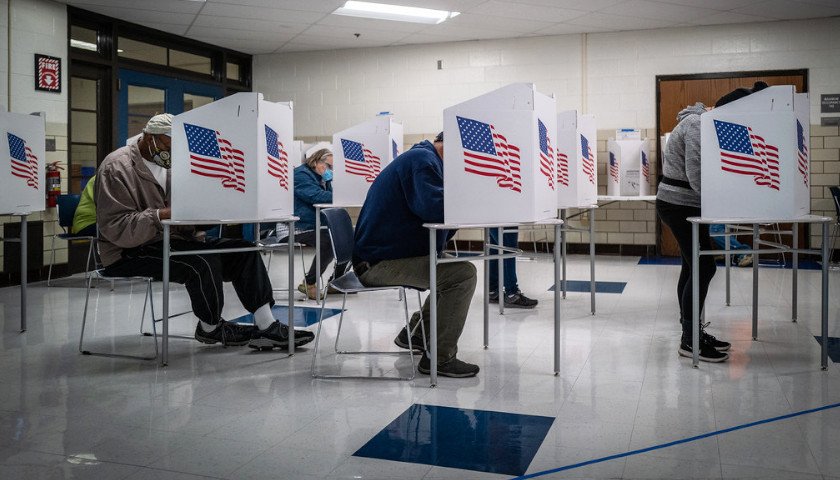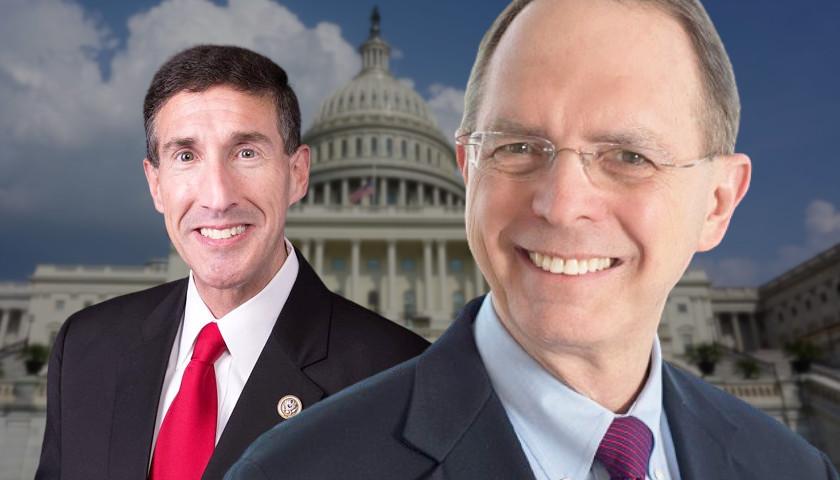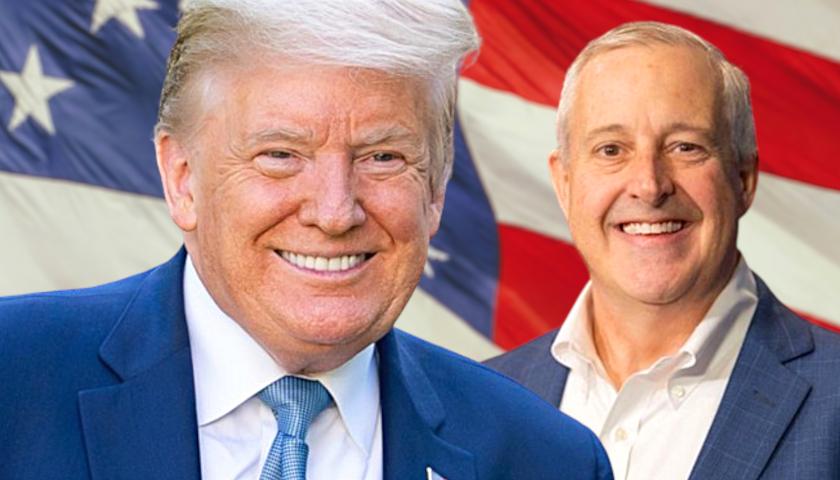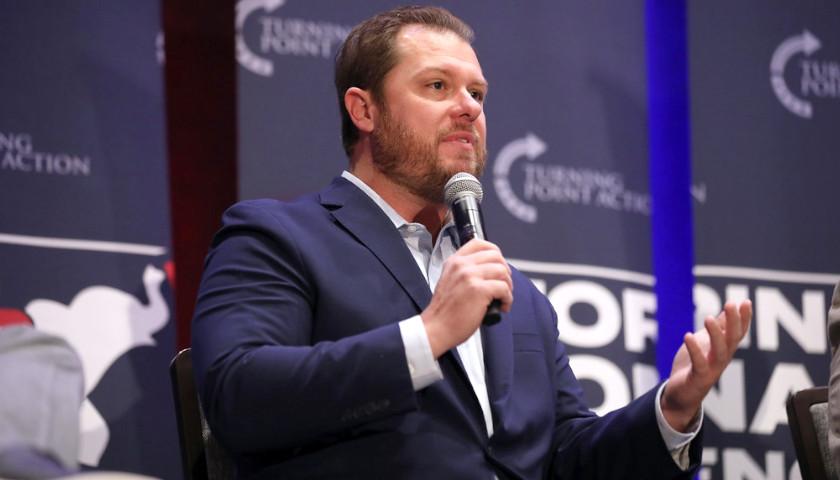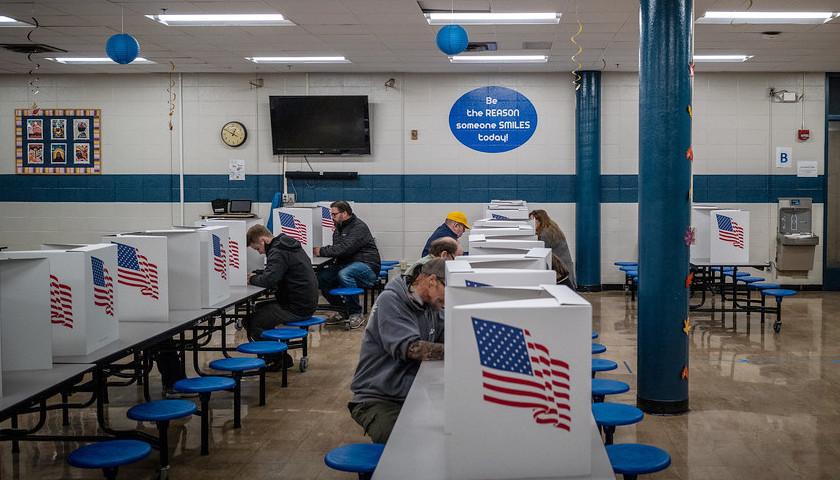Figures from the Republican Party’s voter database indicate many voters who traditionally have aligned with the Democrats voted in Ohio’s Republican primary on May 3 in which Governor Mike DeWine handily won the nomination for another term.
The Republican National Committee (RNC) database rates voters on a scale of 1-5 in terms of their allegiance to either the Republican or the Democratic Party. Mainly, the GOP takes into account which party’s primaries Ohioans have voted in historically, though other data are weighed as well.
The RNC assigns a “5” to voters considered to have strongly Democratic histories and a “4” to voters who are deemed likely to have favored Democrats. For those assigned a “3,” the data is scant or ambiguous; those who get a “2” or a “1” are believed to have aligned with the Republicans.
Among those who voted in last month’s GOP nomination contest for governor and lieutenant governor, 152,614 were identified as either a 4 or a 5; i.e., traditionally Democratic-leaning. When 3s are included, the number of voters not associated historically with supporting Republicans expands to 233,915.
The voter database indicates that 1,088,130 people cast votes for a Republican candidate in the gubernatorial primary. Therefore, the RNC’s system marks 14 percent of those who voted for candidates in that race as traditionally Democratic voters. Over one-fifth of those who participated are not rated as traditionally Republican.
When it comes to party affiliation itself, only 504,902 of those who voted in the GOP’s gubernatorial nomination contest or 46.4 percent of the total — were actually registered Republicans. More than half were not. (Those not registered with either major party numbered 532,709 while 50,519 were Democrats.)
Ohio is one of only four comparably populous states that don’t have runoff elections but do have open primaries wherein voters other than those registered with a particular party can vote in that party’s primary. (The other three are Michigan, Illinois and Virginia.)
Looking back over recent Ohio elections, high participation in Republican primaries by non-GOP voters appears to correlate with what kind of nominee gets chosen.
Over the past decade of Buckeye State Republican primaries, 2016 and 2022 were the only years in which official GOP voters did not constitute a majority of voters in those contests. In the former, moderate Republican Gov. John Kasich bested Donald Trump 46.8 percent to 35.6 percent for the state’s presidential vote when fewer than 40 percent of GOP primary voters weren’t registered Republican. In this year’s election, DeWine garnered 48.1 percent of votes in the GOP governor’s race while former Congressman Jim Renacci got 28 percent and farmer Joe Blystone received 21.8 percent.
Both of those contests are examples of moderate candidates beating hopefuls running to their right. DeWine, who will face Democratic former Dayton Mayor Nan Whaley this November, has faced frequent criticism from Ohio conservatives; a poll from Quinnipiac University in 2020 even indicated that Republicans approved of DeWine less than Democrats did.
Brad Parscale, who once managed Trump’s presidential campaign and advised Renacci, thinks the confluence of open primaries and lack of runoff elections has weakened the clout that Ohio Republicans ought to enjoy in nominating their candidates. He said he finds it likely that non-Republicans were crucial primary constituencies for Kasich and DeWine.
“This open primary system in Ohio is causing the infusion of RINOs [Republicans in Name Only] into Ohio politics,” he told The Ohio Star. “The majority of voters who voted in the Republican primary were not Republicans.”
Parscale says similar extra-party influence doesn’t show up in states like Texas, which has runoffs after the initial primary, or Florida, which has closed primaries.
– – –
Bradley Vasoli is managing editor of The Ohio Star. Follow Brad on Twitter at @BVasoli. Email tips to [email protected].
Photo “People Voting” by Phil Roeder. CC BY 2.0.

